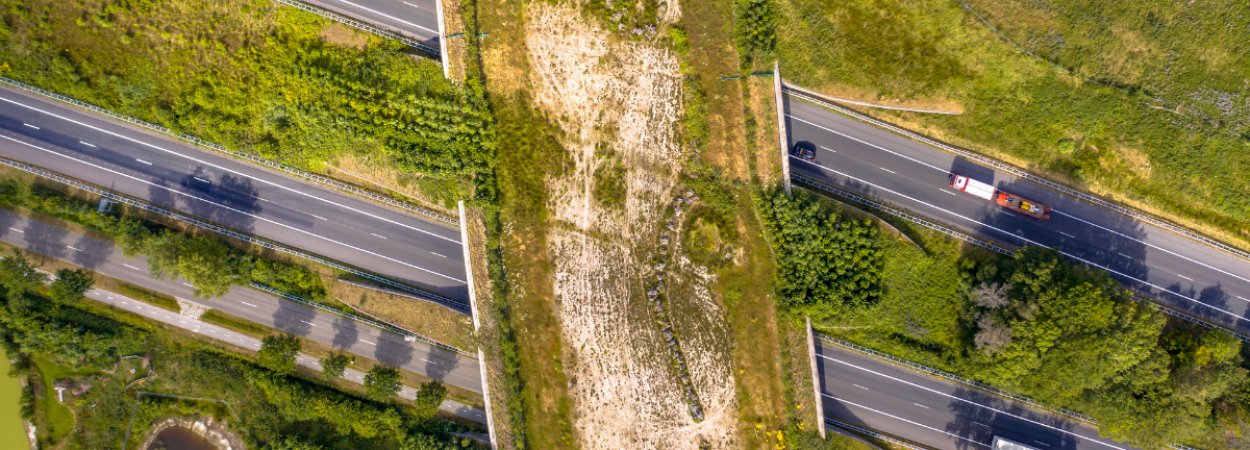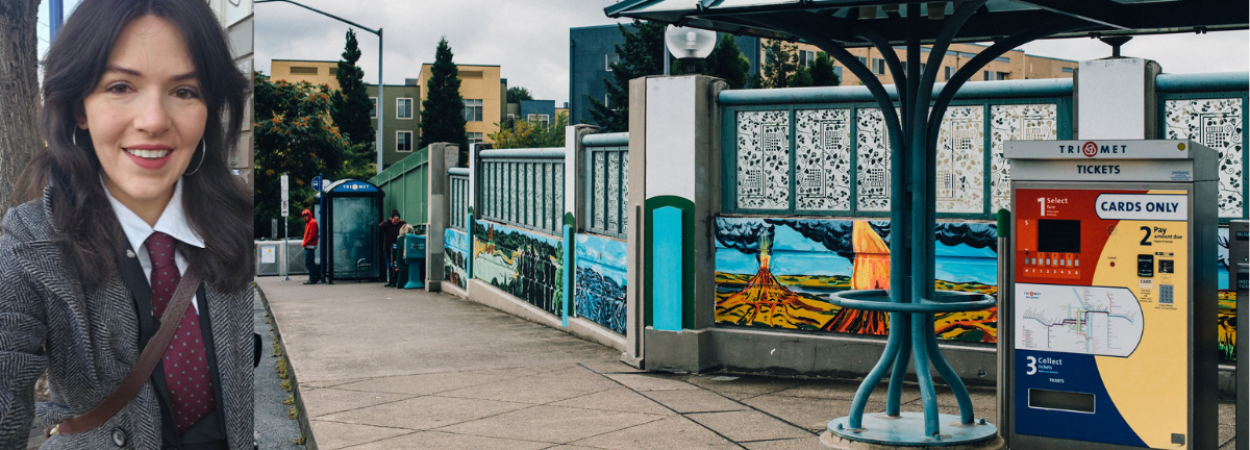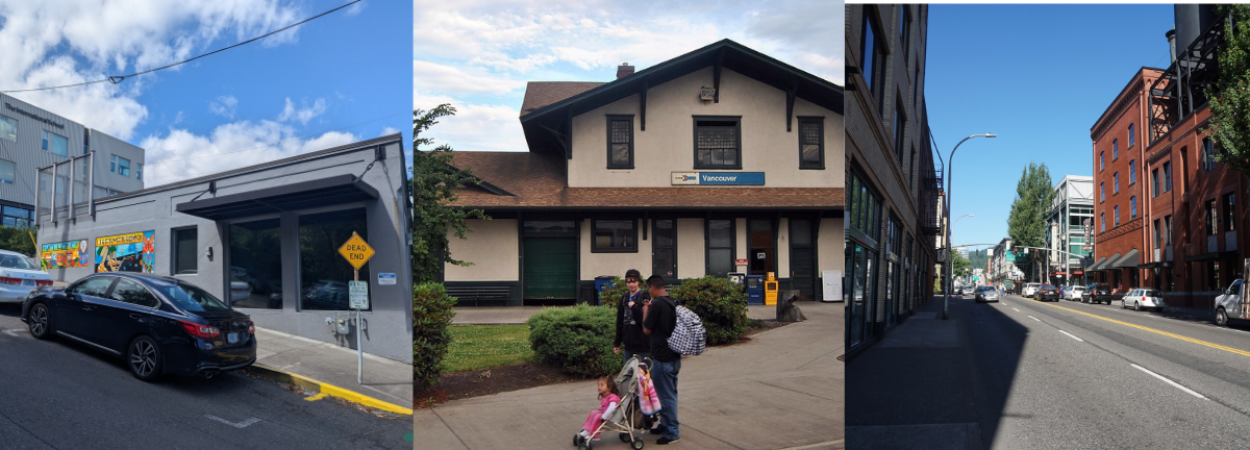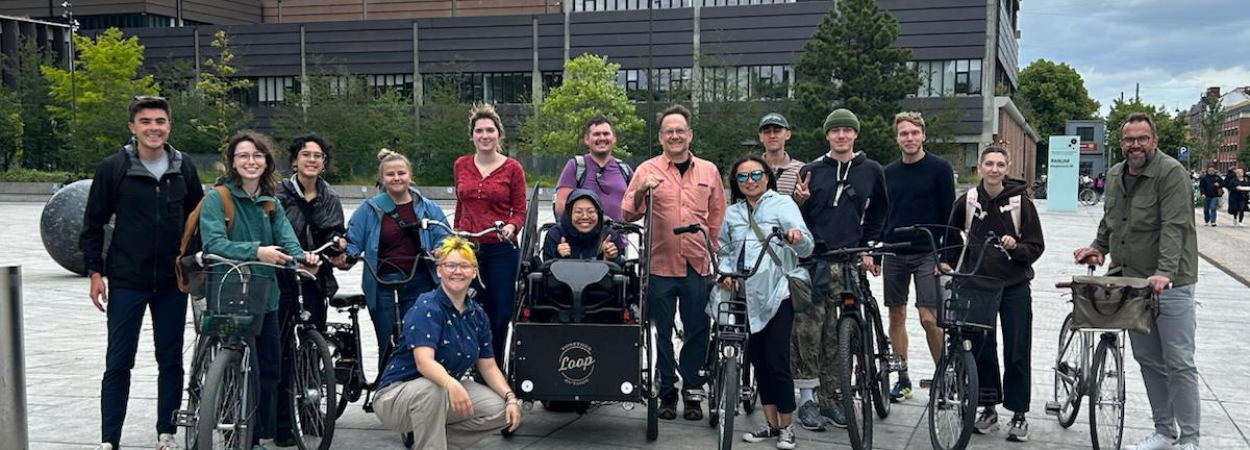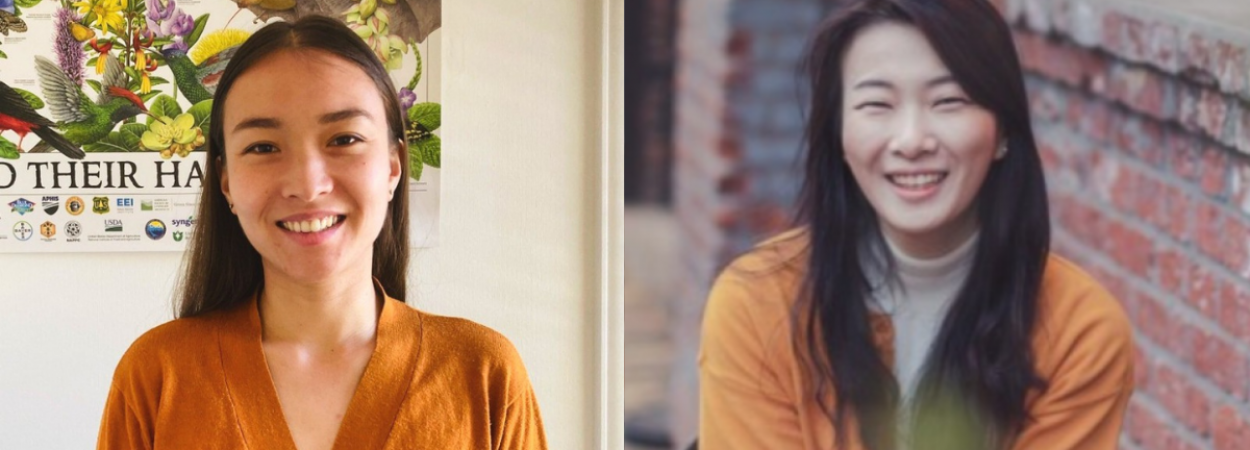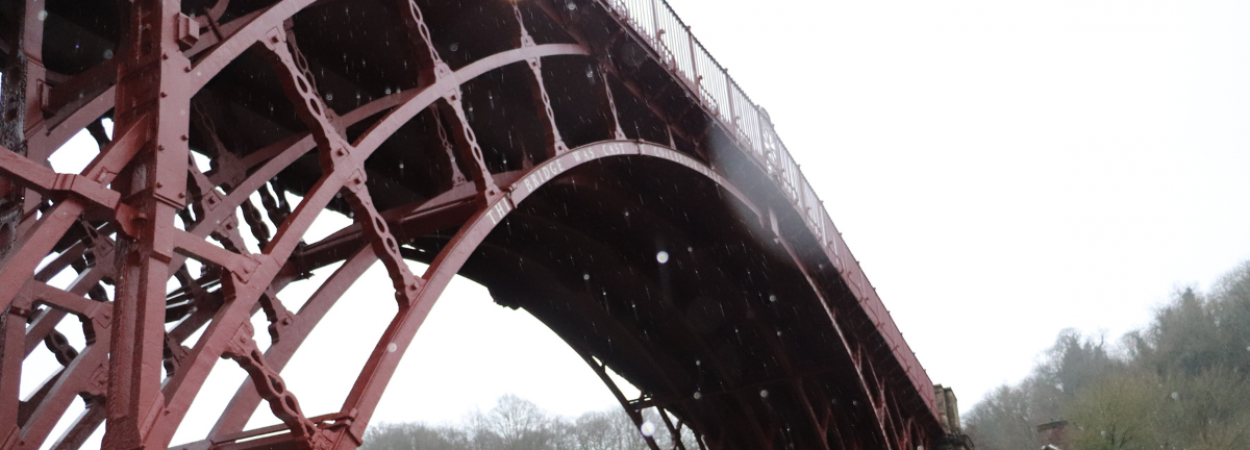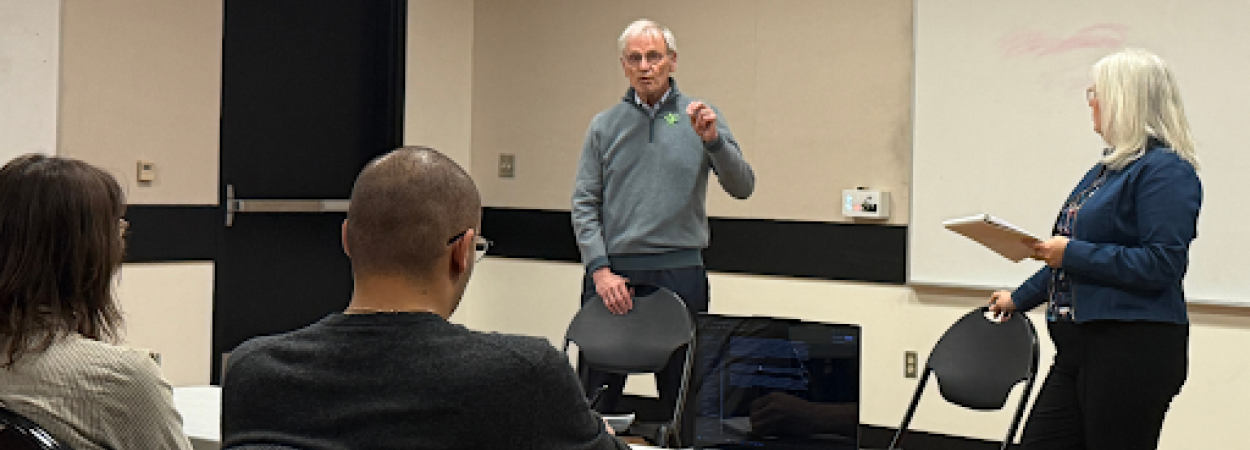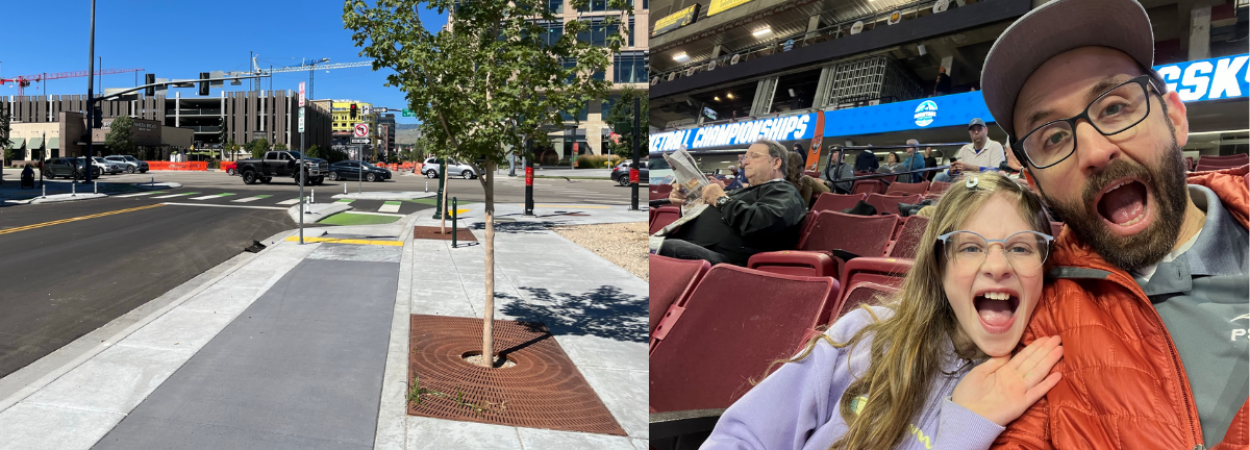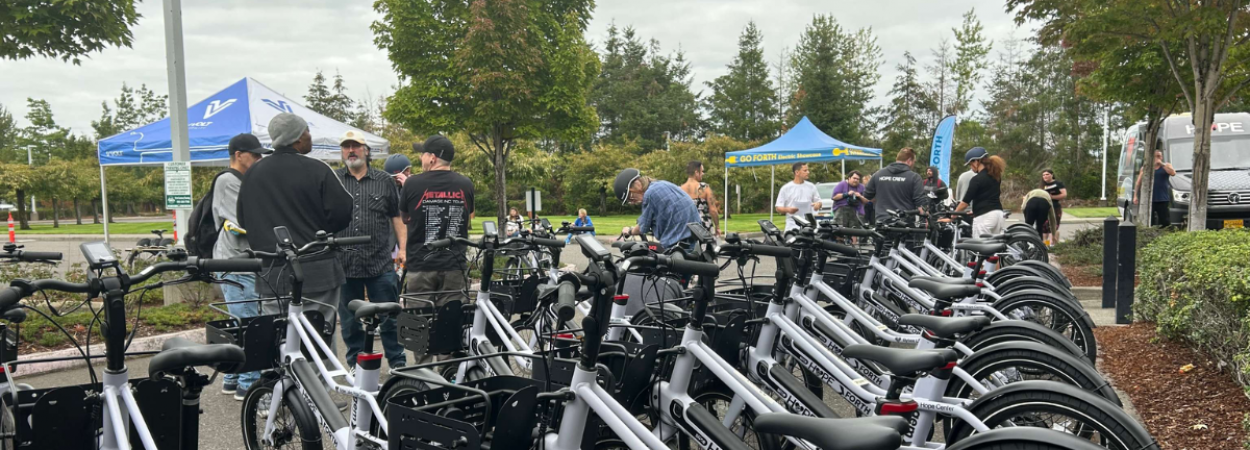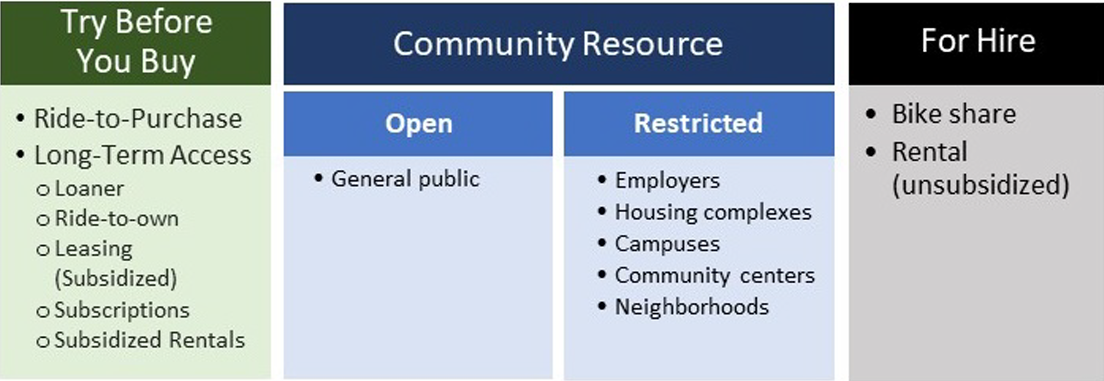Wildlife everywhere faces a growing challenge: moving safely across an increasingly fragmented landscape. Roads, urban development, and other human-made barriers can make it harder for animals to access food, shelter, and breeding areas, while also increasing the risk of wildlife-vehicle collisions. To address this issue, researchers at Portland State University (PSU) worked on a groundbreaking effort to understand and protect the travel patterns of Oregon’s wildlife.
The Oregon Connectivity Assessment and Mapping Project (OCAMP) was a multi-year collaboration aimed at mapping wild species' habitats and travel corridors across the state. The research team created an interactive Priority Wildlife Connectivity Areas Map of Oregon, which can be used to protect wild animals' ability to move from place to place. The project was funded in part by the Oregon Department of Transportation (ODOT), to help the agency identify and mitigate the impacts of transportation infrastructure on Oregon's wildlife.
ABOUT THE PROJECT
In June of 2019, the Oregon Legislative Assembly passed House Bill 2834, which mandated that the Oregon Department of Fish and Wildlife (ODFW) develop a Wildlife Corridor Action Plan to provide guidance for the designation and protection of wildlife corridors in Oregon. The bill also directed the Oregon Department of Transportation (ODOT) to establish a program to reduce wildlife-vehicle collisions in areas where wildlife corridors identified in the Wildlife Corridor Action Plan intersect with proposed or existing public roads.
Rachel Wheat, the Wildlife Connectivity Coordinator for ODFW, was the project coordinator. The PSU research team was led by Martin Lafrenz of the Geography department, Catherine De Rivera of Environmental Sciences and Management, and Daniel Taylor-Rodriguez of the Department of Mathematics and Statistics. Lafrenz is a geomorphologist who studies human alteration of the water cycle and the landscape, De Rivera studies how anthropogenic changes in habitat connectivity affect animal populations and ecosystems, and Taylor-Rodriguex focuses on applying statistical methods to large scale problems, with an emphasis on ecological applications. The research was supported by PSU masters students Amanda Temple, Claire Brumbaugh-Smith, and Alana Simmons, and PhD students Leslie Bliss Ketchum and Jacob Schultz.
A large number of researchers, conservation groups, agencies and others were involved in helping to complete OCAMP – part of Oregon's larger conservation strategy – and the data used in the project came from many sources.
"A lot of biologists worked on this project, and many of them know each other. So we reached out to certain people, and then they reached out to more people. There were a lot of connections that happened, for over a year, and people supplied us with whatever data they had on animal presence or tracking," Lafrenz said. Lafrenz's team mapped out key habitats and travel routes used by different species, and Taylor-Rodriguez's team used the data to ensure that the maps aligned with real-world species movement and habitat use.
CONNECTING SCIENCE TO TRANSPORTATION SOLUTIONS
While the Priority Wildlife Connectivity Areas map has many applications — from land conservation to renewable energy siting — one of the most immediate uses is in transportation planning. ODOT can use this map to identify road segments that pose the greatest risk for wildlife-vehicle collisions and determine the best locations for wildlife crossings, such as underpasses or overpasses.
Wildlife-vehicle collisions are not only a danger to animals but can also endanger human safety, and can be costly. Strategic planning informed by OCAMP data means transportation agencies can reduce these risks while supporting Oregon’s biodiversity.
In the past, connectivity mapping in Oregon relied heavily on expert opinion, which left decision-makers without the robust data needed to guide policy and planning. The OCAMP project filled a major knowledge gap, with science-based connectivity models for 54 species representing different movement patterns and habitat needs. These models were combined to create the Priority Wildlife Connectivity Areas Map, which offers a statewide picture of the most critical areas for wildlife movement.
"We used tracking data where we had it, and presence and absence data to validate where the animals were. Then we put all the species together. In the final map, what you notice about it is that it's not for a particular species. It's just animal corridors, generalized. If we are really interested in a specific animal, we can always drill back in the data. But what the Legislature wanted was just a map of animal corridors in general that they could use to say, Okay, you're going to do this project. It's going to impact this corridor. So you need to put some kind of a crossing structure or fencing or some sort of mitigation," Lafrenz said.
WHO CAN USE THIS RESEARCH?
"Now that we have this information, the next big step is to shift into implementation. So how do we make sure that this tool is being used effectively? There are a lot of ways that we've done that, within the State government specifically. We're working with ODOT, to make them aware of where those Priority Wildlife Connectivity Areas intersect with our state highway system. We're also working with the Department of Land Conservation and Development, to guide siting and mitigation for new developments," Wheat said.
ODFW has presented the Priority Wildlife Connectivity Areas map and tools to organizations including the Association of Oregon Counties and the League of Oregon Cities, as well as Federal land management agency partners.
"There are applications for the Bureau of Land Management, the U.S. Forest Service, the Fish and Wildlife Service, Land Trusts, soil and water conservation districts, watershed councils; basically anyone that's working in the conservation realm can benefit from this specific tool. There are also use cases for members of the public," Wheat said.
A paper by the research team, Visualizing Connectivity for Wildlife in a World Without Roads, was published in the journal Frontiers in Environmental Science.
"In that paper, we took southwestern Oregon and erased all the roads. And then we reran our model and compared, where would animals move if there were no roads as opposed to where we think they're moving now? We found that roads had a strong impact on connectivity. Roads influenced connectivity well beyond the footprint of the roadway," Lafrenz said.
Modeling wildlife movement in the absence of existing roads allowed for critical evaluation of where mitigation activities, such as wildlife crossing structures and fencing, could be most beneficial. This novel approach has practical applications for increasing connectivity for wildlife across roads. The high-resolution Priority Wildlife Connectivity Areas map also represents a new innovation in connectivity mapping; an area in which other states might follow Oregon's lead.
"Other states have engaged in statewide connectivity planning and mapping. One thing that sets OCAMP apart is that we used a much newer modeling approach, with much finer-scale spatial data. A lot of the tools that have been produced in other states in the past are at a very coarse spatial scale.Our maps are at a 30 meter resolution. So you can scale down to very small-scale efforts and get into very fine detail," Wheat said.
HOW INDIVIDUALS CAN HELP
ODFW developed a project specifically for roadkill in Oregon which makes use of data from iNaturalist, an online social network for recording observations of wildlife.
"One of the things that we get asked a lot in our public communication is, how can the average person help provide information for connectivity? And one of the best ways that we found to do that is with iNaturalist," Wheat said.
The state has some information on where large-bodied wildlife, like deer and elk, are killed on roadways, because their maintenance crews remove them. But ODFW has very little information on smaller-bodied species. That's where iNaturalist comes in.
"Anyone with a cell phone can go out and snap a photo of a roadkill observation that they see. And then we can draw on that information to help identify roadkill hotspots and find the areas where we really need to focus on doing some sort of mitigation, whether that's crossing structures, habitat modification, or fencing to try to keep wildlife from getting killed on the road," Wheat said.
With a wide variety of applications for individuals, organizations, and governments, the Priority Wildlife Connectivity Areas map provides a critical tool for planning a connected future. For PSU researchers, OCAMP is an example of how science can inform policy and deliver real-world benefits.

